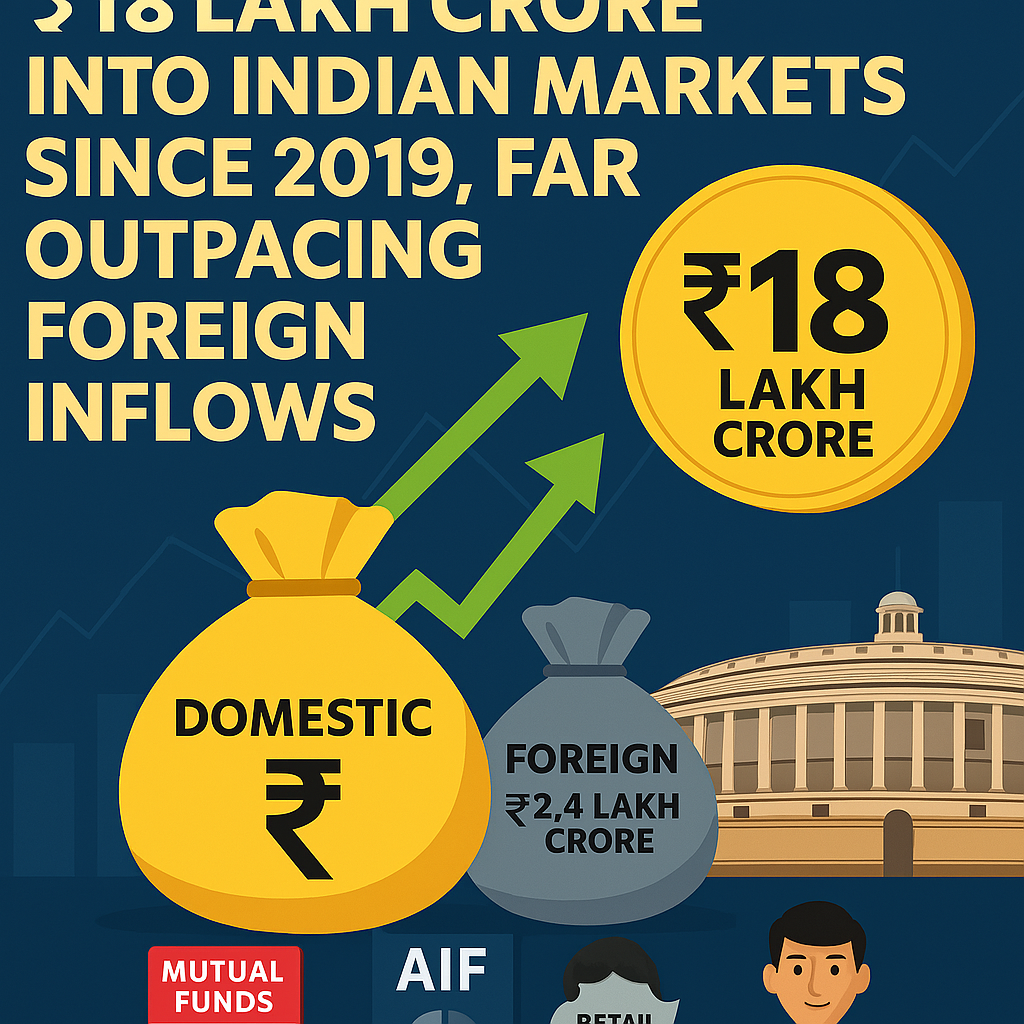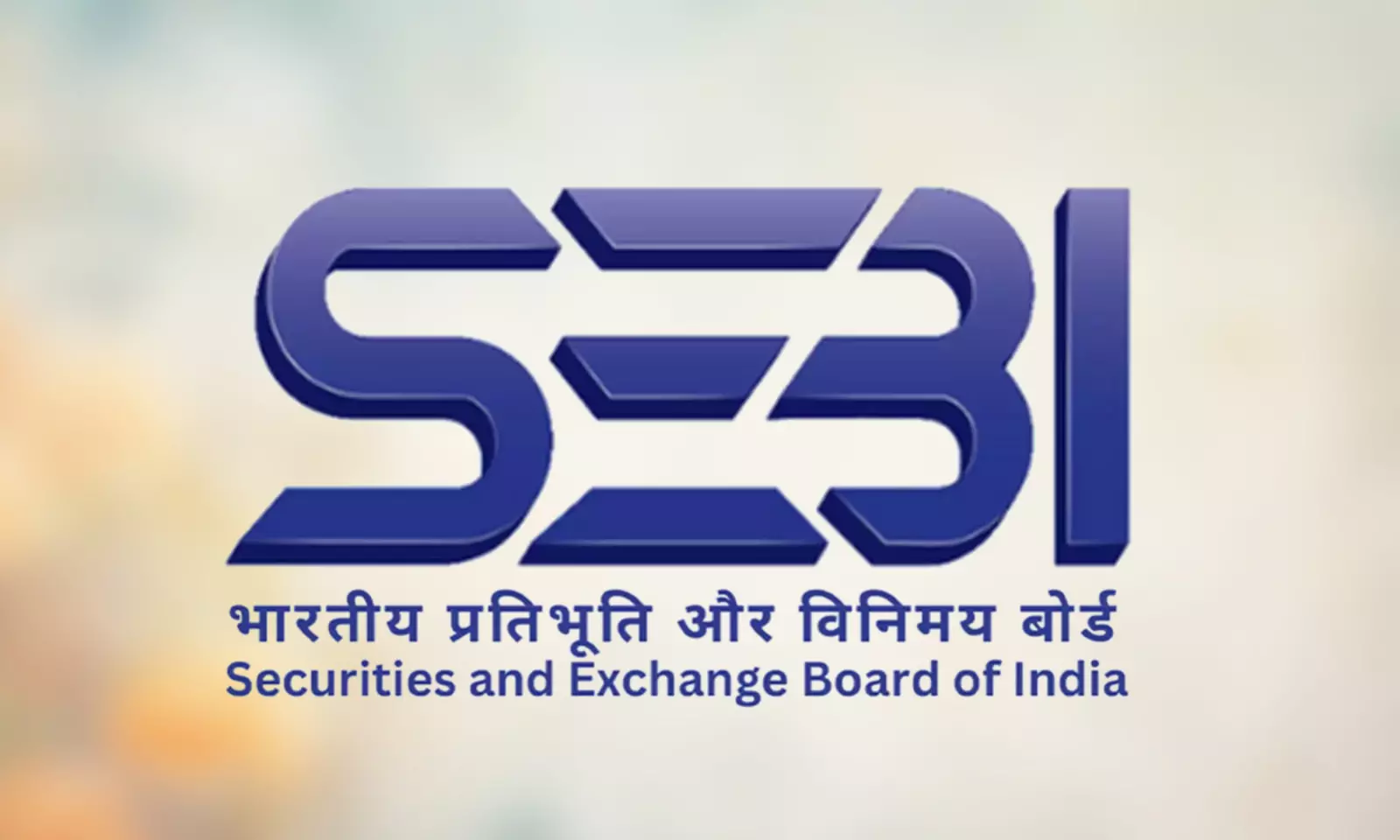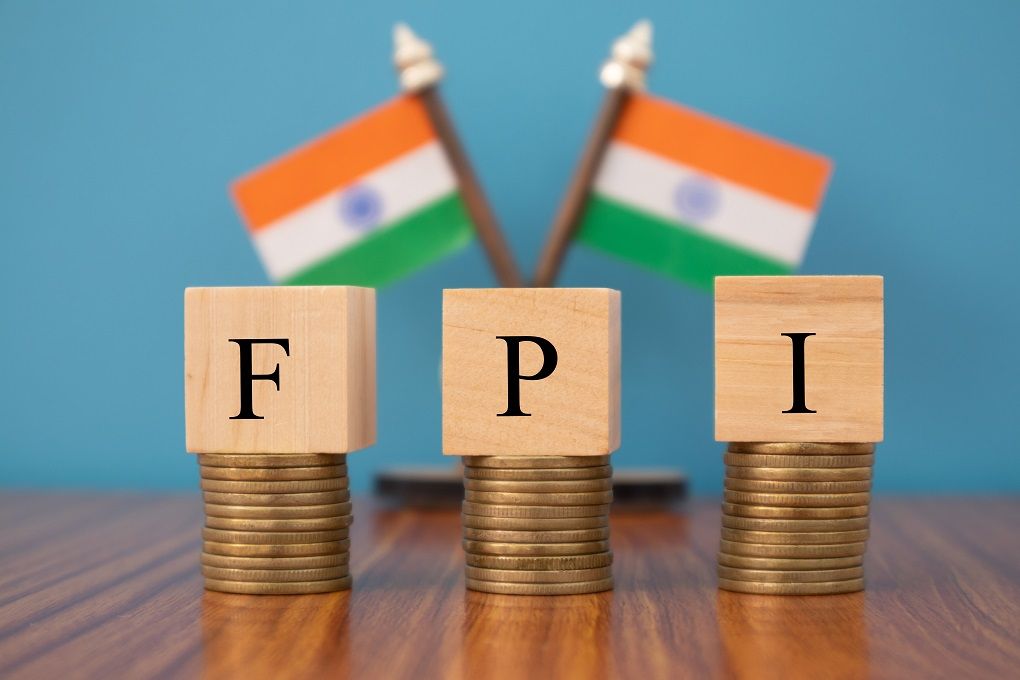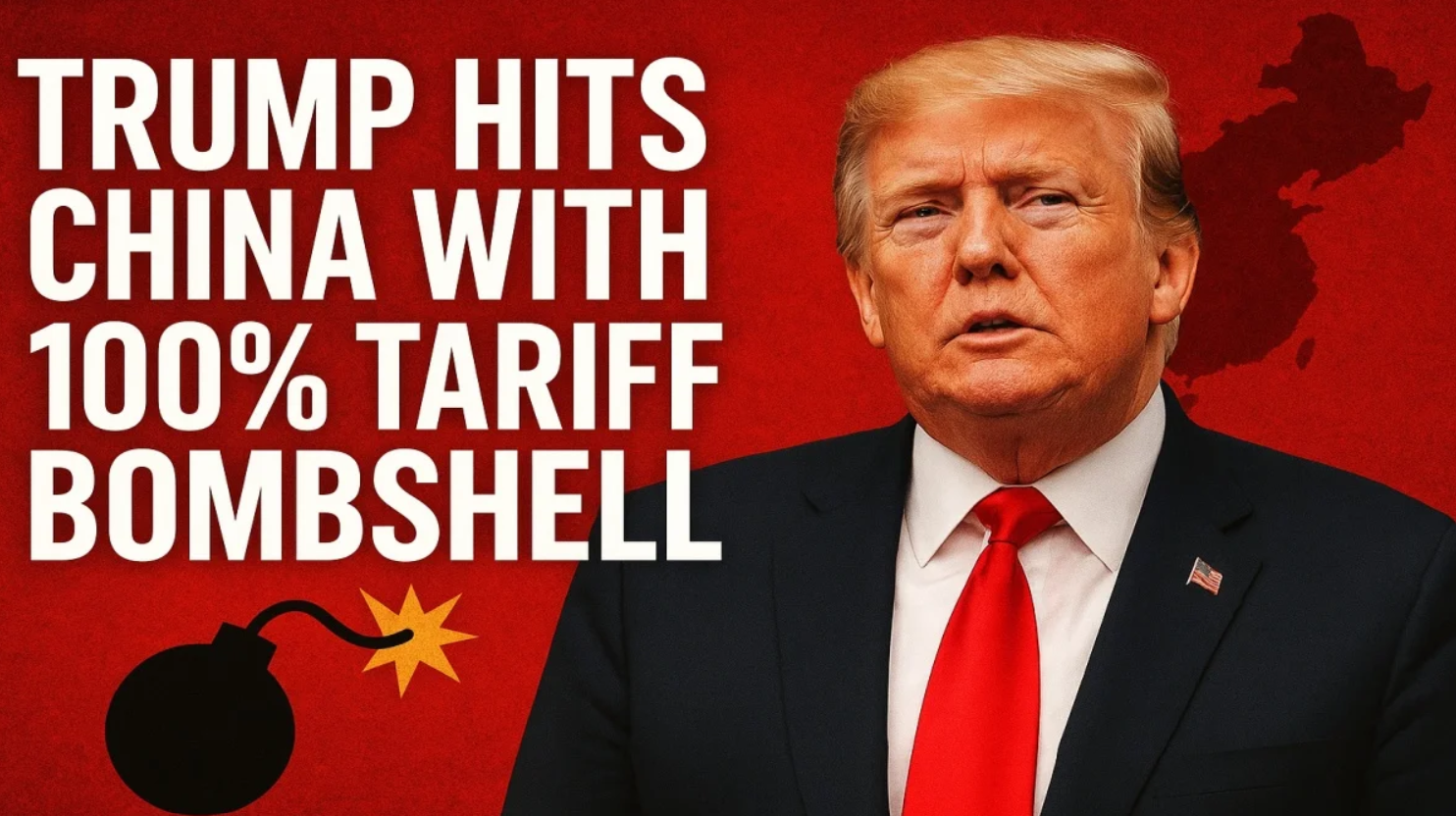India’s capital markets are experiencing a remarkable transformation driven not by global players, but by the strong and consistent support of domestic investors. In a significant update shared by Ananth Narayan G, Whole-Time Member of SEBI, it was revealed that Indian investors have poured in more than ₹18 lakh crore between April 2019 and June 2025. In comparison, foreign portfolio investors contributed around ₹2.4 lakh crore during the same period. The domestic contribution is more than seven times that of foreign inflows, highlighting a growing confidence among Indian savers and retail participants in their own economy.

This influx of capital is not just a reflection of market enthusiasm. It is a signal that India's investment culture is evolving. More people are now willing to take calculated risks in equities, mutual funds, and even newer financial vehicles such as Alternate Investment Funds. The sheer scale of domestic inflows indicates a shift in how Indians approach wealth creation and long-term financial planning.
According to SEBI’s assessment, the number of unique investors in India has grown dramatically. In March 2020, there were about 4.2 crore investors in the system. As of mid-2025, that number has surged to 13 crore. This rapid increase in participation shows how technology, awareness campaigns, and improved access to financial products have opened up the markets to millions of new entrants. However, with this growth comes the responsibility to protect the trust of investors. Ananth Narayan pointed out that regulators, exchanges, and market participants must work together to prevent manipulation and maintain transparency.

Mutual fund data further supports this optimistic picture. In the last financial year alone, Indian savers contributed ₹6.1 lakh crore into equity-oriented mutual fund schemes. This sustained demand gave Indian companies the confidence to raise ₹4.6 lakh crore through initial public offerings, follow-on offerings, rights issues, and qualified institutional placements. This means investors are not just trading existing stocks but also helping fuel new capital formation that supports business growth and job creation.
What makes this moment more promising is the return profile. Investors in equity mutual funds have earned an average of 15.5 percent annualised returns over the past six years. Such performance helps build investor trust and brings more long-term money into the market.
While foreign portfolio investors still remain important, contributing over ₹74 lakh crore in total assets under custody, the narrative is changing. Foreign capital has played a key role in India's development and continues to earn good returns, averaging more than 10 percent annually in dollar terms. However, the rise of domestic investors signals a maturing economy that can increasingly rely on its own savings and market strength.

Alternate Investment Funds have also been on a sharp upward trajectory. These funds, which channel investments into less traditional and often unlisted segments, saw commitments reach ₹13.5 lakh crore as of March 2025. This was an increase of ₹1.7 lakh crore in just one year. Over the last five years, AIF commitments have grown at an average annual rate of 30 percent. This suggests that wealthy and risk-tolerant Indian investors are also diversifying into sophisticated investment products that were once dominated by global institutional players.
India's capital markets are no longer dependent on foreign sentiment alone. The real story is being written by local investors who are taking charge of their financial futures. Whether it is a young worker starting a SIP, a retiree putting faith in mutual funds, or a seasoned investor entering alternative spaces, the domestic ecosystem is robust and becoming more resilient.
For those still wondering whether to enter the market, these trends are a wake-up call. The opportunities are no longer distant or complex. They are accessible, supported by solid returns, and driven by a collective belief in India’s growth story.
Stay updated on investing trends, market opportunities, and smart money moves by following You Finance on Instagram and Facebook.















